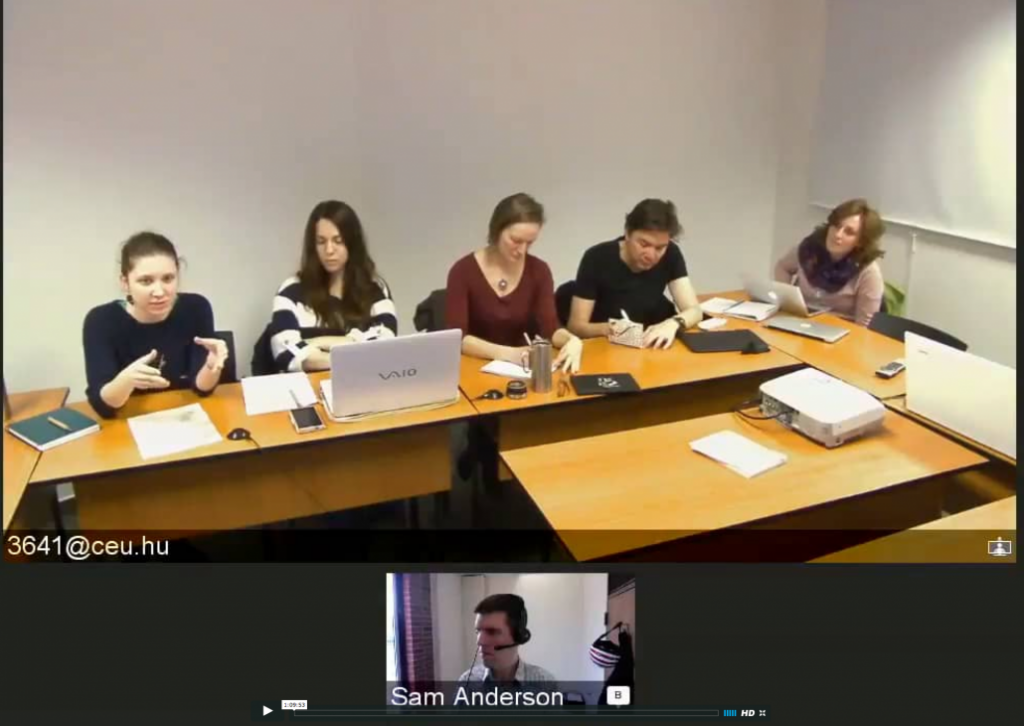From the Jan/Feb 2016 Harvard Business Review: Collaborative Overload.
Emphasis mine:
“Research we’ve done across more than 300 organizations shows that the distribution of collaborative work is often extremely lopsided. In most cases, 20% to 35% of value-added collaborations come from only 3% to 5% of employees…As a recent study led by Ning Li, of the University of Iowa, shows, a single “extra miler”—an employee who frequently contributes beyond the scope of his or her role—can drive team performance more than all the other members combined.
“But…[w]e find that what starts as a virtuous cycle soon turns vicious. Soon helpful employees become institutional bottlenecks: Work doesn’t progress until they’ve weighed in. Worse, they are so overtaxed that they’re no longer personally effective…In our quest to reap the rewards of collaboration, we have inadvertently created open markets for it without recognizing the costs. What can leaders do to manage these demands more effectively?”
(I should stress in the extreme that I don’t put myself in this category; this isn’t a “woe is me” post. I do feel that I recognize this happening to numerous colleagues.)
The article suggests several solutions, like detailed time and communications tracking, surveys and feedback, and other data-gathering, followed by instituting processes, technologies, and even physical space changes to support the changes the interpretation of the data suggests.
Also, from a sidebar on inequities around the expectations and views of women’s collaborative work:
“In an experiment led by the NYU psychologist Madeline Heilman, a man who stayed late to help colleagues earned 14% higher ratings than a woman who did the same. When neither helped, the woman was rated 12% lower than the man. By improving systems for measuring, recognizing, and rewarding collaborative contributions, leaders can shift the focus away from the gender of the employee and toward the value added.”
I’m not sure exactly how the system vaguely described here could help reduce systemic implicit bias, but it would likely be better than the “impressions” suggested by the colleague ratings above.
Qualification 1: I work in higher ed, and most, if not, all of the research mentioned here seems to have been focused on private industry. Different environments, different interests, different temperaments. I would suggest that the pressures on these organization are increasingly similar, however.
Qualification 2: At least some of these authors admit that they help organizations develop solutions to these problems, so it’s in their interests to portray these challenges in ways that they can “solve.” That said, I didn’t see anything in the article that suggests they are arguing in bad faith.
